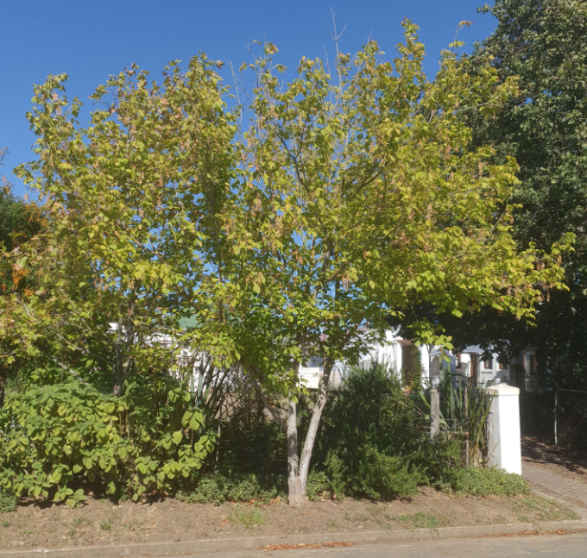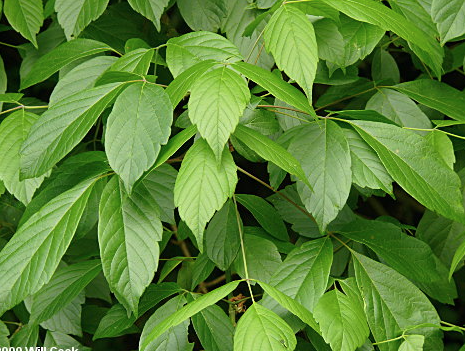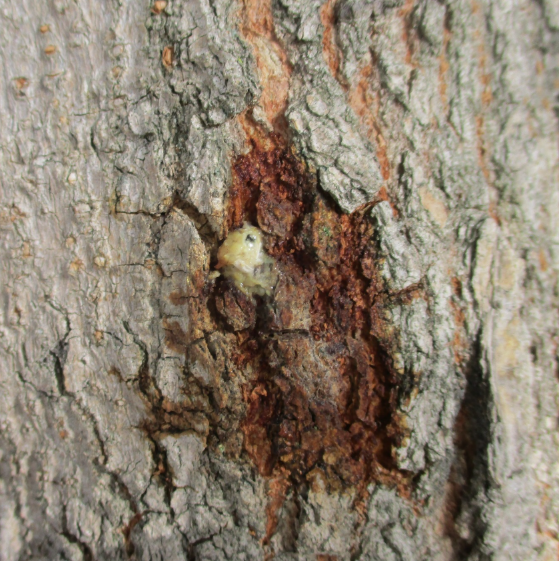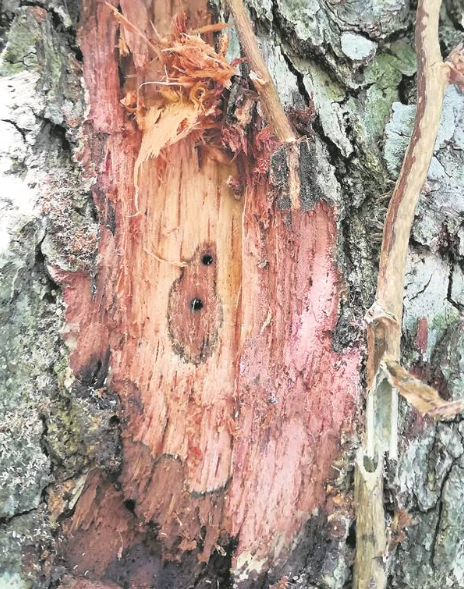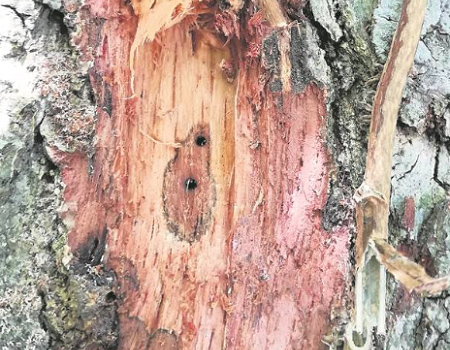Overstrand Municipality has appealed to all residents to be on the look out for the destructive shot hole borer beetle, which has spread to Somerset West, Stellenbosch and is now also in the southern suburbs of Cape Town and spreading at an alarming rate.
By Friday, 24 February 2023, a total of 168 sightings of the pest were reported in Newlands, Rondebosch, Mowbray, Claremont, Kenilworth, and in Observatory along the Liesbeek River. In the Helderberg area, 3 900 infested trees have been sighted since 2019 to date.
In an attempt to keep this infestation in check, Overstrand Municipality appeals to all residents to be on the lookout for it and to check trees for signs.
The Municipality has been keeping a watchful eye on the trees and has responded to many calls from the public to investigate. To date, the shot hole borer has not been spotted in the Overstrand.
The top five most vulnerable trees include:
- Box elder maple (Acer negundo),
- London Plane (Platanus acerifolia),
- English Oak (Quercus robur),
- Liquid Amber (Liquidamber styraciflua) and
- Coral trees (Erythrina sp).
These species are all reproductive hosts of PSHB; in other words, trees in which PSHB can successfully reproduce, and which eventually die due to the infestations.
Non-reproductive host trees are attacked by the beetle, but PSHB reproduction is not successful.
The polyphagous shot hole borer or PSHB (Euwallacea fornicates), a tiny Asian beetle about the size of a sesame seed, has invaded, damaged and killed thousands of trees across the country. The tiny black beetle (2 mm in size) lives in symbiosis with a fungus called Fusarium euwallaceae. This fungus provides a food source for the beetle and its larvae, but in susceptible trees, it blocks the vascular tissue, causing branch dieback and tree death.
What to look for
- Branch dieback – cracks on the branch; discoloured leaves; dry and leafless branches; branch break-off revealing webs of galleries filled with black fungus
- Gumming – blobs of goo coming out of the bark; oozing of liquid and gum from the beetle holes
- Entry and exit holes – very small holes on the bark of the tree, the size of a sesame seed (2mm); shotgun-like scars developing around the holes
- Staining – brown or dark stains on the bark of the tree
What to do:
- Fell and chip the tree, cover the infested material with plastic and leave in direct sunlight for at least six weeks
- Dump the chips in your compost heap as the heat build-up will kill the beetle
- Burn infected wood at appropriate incineration facilities
- Seek assistance from trained and equipped service providers with sound knowledge of PSHB
- Do not move plant/tree material/firewood outside of areas where PSHB has been confirmed to be present to other areas
- Do not transport any form of green waste in open vehicles, cover it with sail covers even if no PSHB has been identified as such green waste.
- Clean tools and equipment used to trim/cut/prune plants
Should any of the above symptoms be observed in trees that suggest infestation by PSHB, please take photos and report it to Overstrand Municipality’s Horticulturist, Lauren Rainbird, on email lrainbird@overstrand.gov.za or the Environmental Management Services Department (028 316 3724) or send an email to enquiries@overstrand.gov.za
